In the average vegan diet, beans have taken precedence in terms of nutritional value. With beans, a little goes a long way; you can expect to fulfill your protein needs with them being relatively easy on the carbohydrate content.
Here, we’ll be talking about pinto beans in specific – a variety of beans that has quickly been gaining popularity in terms of inclusion in high-protein diets and an array of vegan meals.
To do so, it is necessary to break down the components of pinto beans and their corresponding nutritional value. Is there enough protein in pinto beans for you to get your recommended intake of protein fulfilled from them solely, and are pinto beans a complete protein? If not, what can you add to them to make them the primary source of your proteins? We will scrutinize pinto beans amino acid profile in this article.
Understanding Essential and Non-Essential Amino Acids
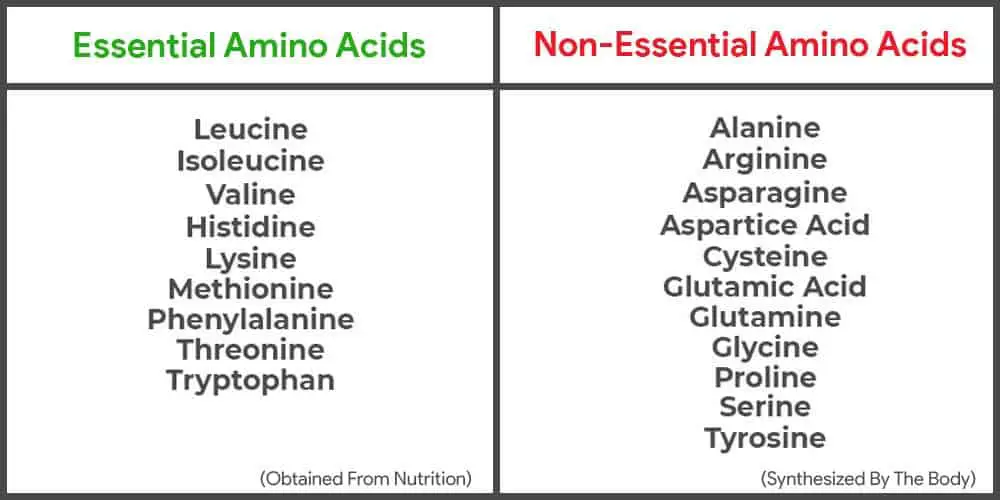
Before talking about the health benefits of pinto beans and answering how much protein do pinto beans have, it is necessary to understand what the important components of a nutritious diet actually include.
For one, proteins are one of the most crucial macronutrients that are utilized by your body for a variety of functions, such as rebuilding and repairing cells in your body – hence, it is important to make your diet a protein-rich one. However, the constitution of protein is actually quite complex. It is made up of a combination of twenty amino acids in total, each of which has a different function.
Out of these, nine of these amino acids cannot be produced by your body and has to be taken in through external sources, while the remaining eleven can actually be synthesized through your body. For this reason, the former category of amino acids is referred to as essential amino acids – while the latter is referred to as non-essential amino acids.
What is a ‘Complete Source of Protein’?
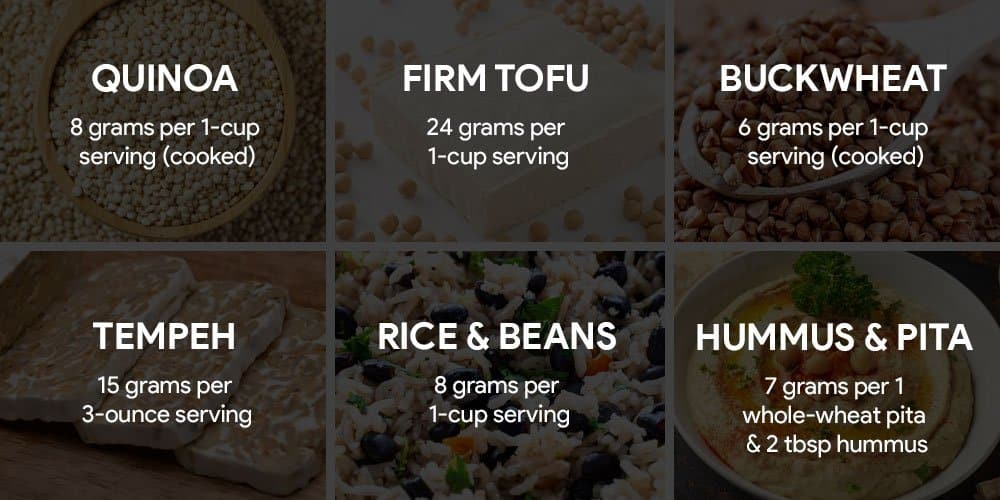
As you have seen above, there are certain components of the macronutrient protein that are unable to be produced by your body – called essential amino acids. While both categories of amino acids are “essential” per se, we have to take extra care in incorporating essential amino acids through our diet because our bodies cannot produce them.
Foods that have an adequate amount of all essential amino acids, hence, are called complete sources of protein or complete proteins. These food sources are replete with all the essential amino acids that our body is unable to produce, thus making it possible for you to get the required amount of each in your diet.
Are Pinto Beans a Complete Source of Protein?
Like all beans, pinto beans are replete with some of the essential amino acids that your body needs. Not only this, it is quite high in necessary fiber that aids in digestion while also having several crucial vitamins and minerals for your body’s health.
However, while pinto beans may be an excellent replacement for meat-based sources of proteins in terms of being low on fat, it is unfortunately not a complete source of protein – thus answering “how much protein is in pinto beans.”.
While being quite high in isoleucine, it falls short as far as the essential amino acid methionine is concerned, as observed from the table below. However, there are foods that you can pair with pinto beans in order to make it a complete protein, which will be discussed in a later section – getting your fill of methionine from pinto bean consumption alone would need you to consume around 5 servings of pinto beans daily.
| Essential Amino Acid | Minimum Percentage Required in RDA | Amount of Essential Amino Acid Present in One Serving of Pinto Beans |
|---|---|---|
| Histidine | 1.5% | 0.313g |
| Valine | 3.9% | 0.563g |
| Threonine | 2.3% | 0.455g |
| Isoleucine | 3.0% | 0.491g |
| Phenylalanine and Tyrosine | 3.0% | 0.616g |
| Leucine | 5.9% | 0.877g |
| Methionine and Cysteine | 1.6% | 0.145g |
| Lysine | 4.5% | 0.763g |
What is Methionine, and Why is it Important?
Methionine, as mentioned before, is an essential amino acid that the body cannot synthesize, so it must be supplemented through dietary means. Like most essential amino acids, it helps in the repair of bodily tissues and their healthy growth – additionally, it also helps in improving hair quality as well as strengthening your nails.
Pertaining to internal processes in your body, methionine helps in the process of detoxification by preserving your cells from external pollutants while also slowing down the process of aging.
Lastly, cholesterol is greatly reduced in your body with the help of methionine. It also helps in absorbing nutrients such as zinc and selenium while excreting harmful substances such as lead and mercury. It is also a great agent of reducing the accumulation of fat in your liver, thus going on to reduce cholesterol in your body in the long run.
How Do Pinto Beans Compare To Other Beans?
Surprisingly, pinto beans have one of the highest amounts of protein observable from the pinto beans amino acid profile when compared to other varieties of beans. Compared with black beans, kidney beans, chickpeas, and navy beans, pinto beans have the highest protein content in them – second only to soybeans. Soybeans are popular for being comparable to meat-based sources of protein.
However, pinto beans are a close second, with 15.4g of protein available in every serving of pinto beans. Other beans fall short in terms of protein by a minuscule amount. On the other hand, pinto beans have higher calories than kidney beans and black beans – making them have a higher satiety level than other types of beans.
The flavor of pinto beans is thus also creamier as compared to other kinds of beans. Thus, in terms of protein, pinto beans are a strong contender in comparison to other beans.
What Foods to Pair with Pinto Beans to make it a Complete Protein?
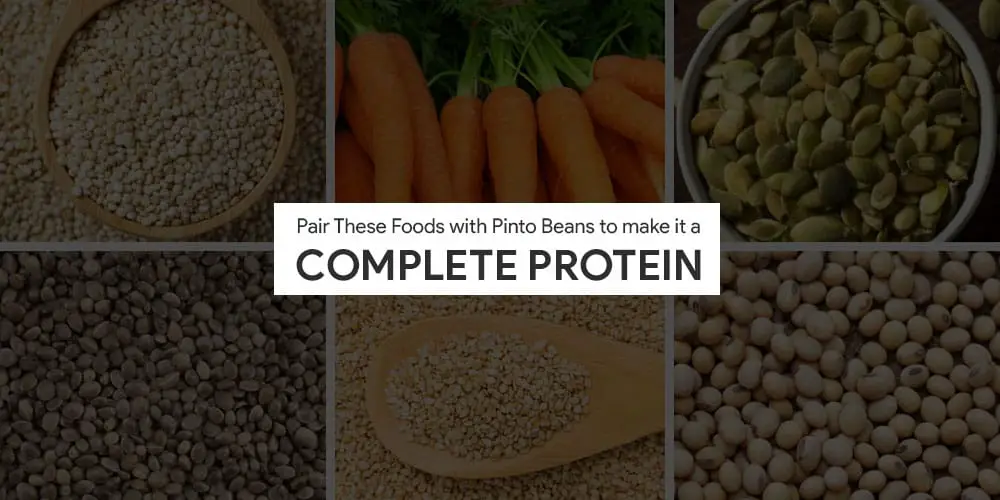
As said before, consuming several servings of pinto beans solely to get your protein needs fulfilled in terms of all essential amino acids might not be the most feasible option. You can combine them with other foods that are rich in methionine to compensate for the lack of methionine that pinto beans have – such as sesame seeds, nori, rice, chia seeds, hemp seeds, and the like.
You can also consider tortillas, quinoa, pumpkin seeds, cornmeal, carrots, and other such options to add to pinto beans for a complete protein meal. For instance, a great meal idea would be to saute pinto beans along with some veggies to serve on brown rice. With tortillas, you can also consider making a pinto bean burrito with some of the above-mentioned foods to not only make your meal protein-rich but also delicious.
Do pinto beans and rice make a complete protein?
Pinto beans and rice together contain all the essential amino acids needed to form a complete protein. Each food item alone lacks some of the amino acids needed, but when eaten together, they complement each other to create a complete protein. This combination is a great option for people who may not eat meat or animal products.
Relying on Pinto Beans For Protein? A Word of Caution
While there are many benefits of consuming pinto beans, it is perhaps not the best idea to depend only on pinto beans for your protein needs. A good look at pinto beans’ amino acid profile reveals that it is low in methionine and thus cannot be labeled a complete protein – and the lack of methionine can often have adverse effects on your immune system.
To avoid this possibility, it is best to consume pinto beans with foods that are rich in methionine to combat the lack of the same in pinto beans – while getting the best of both worlds with the richness of pinto beans and its health benefits as well!




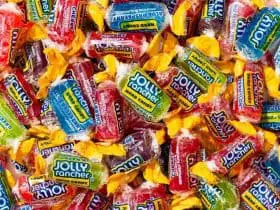

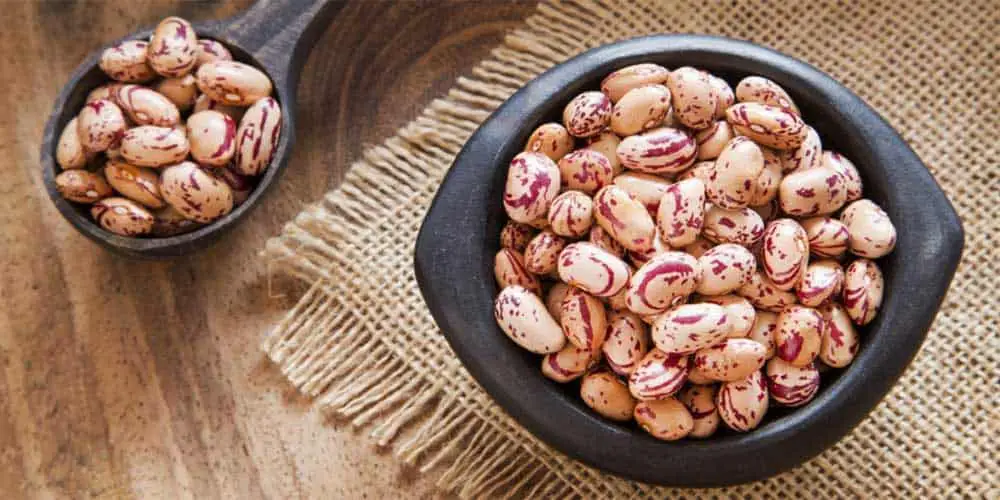


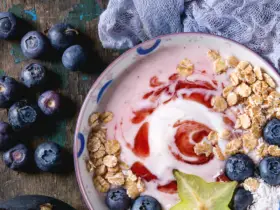
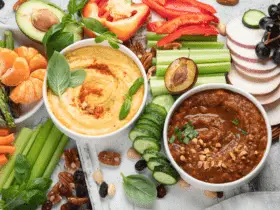
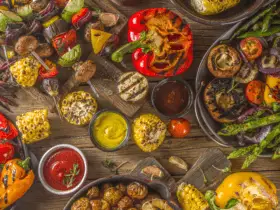
Leave a Reply